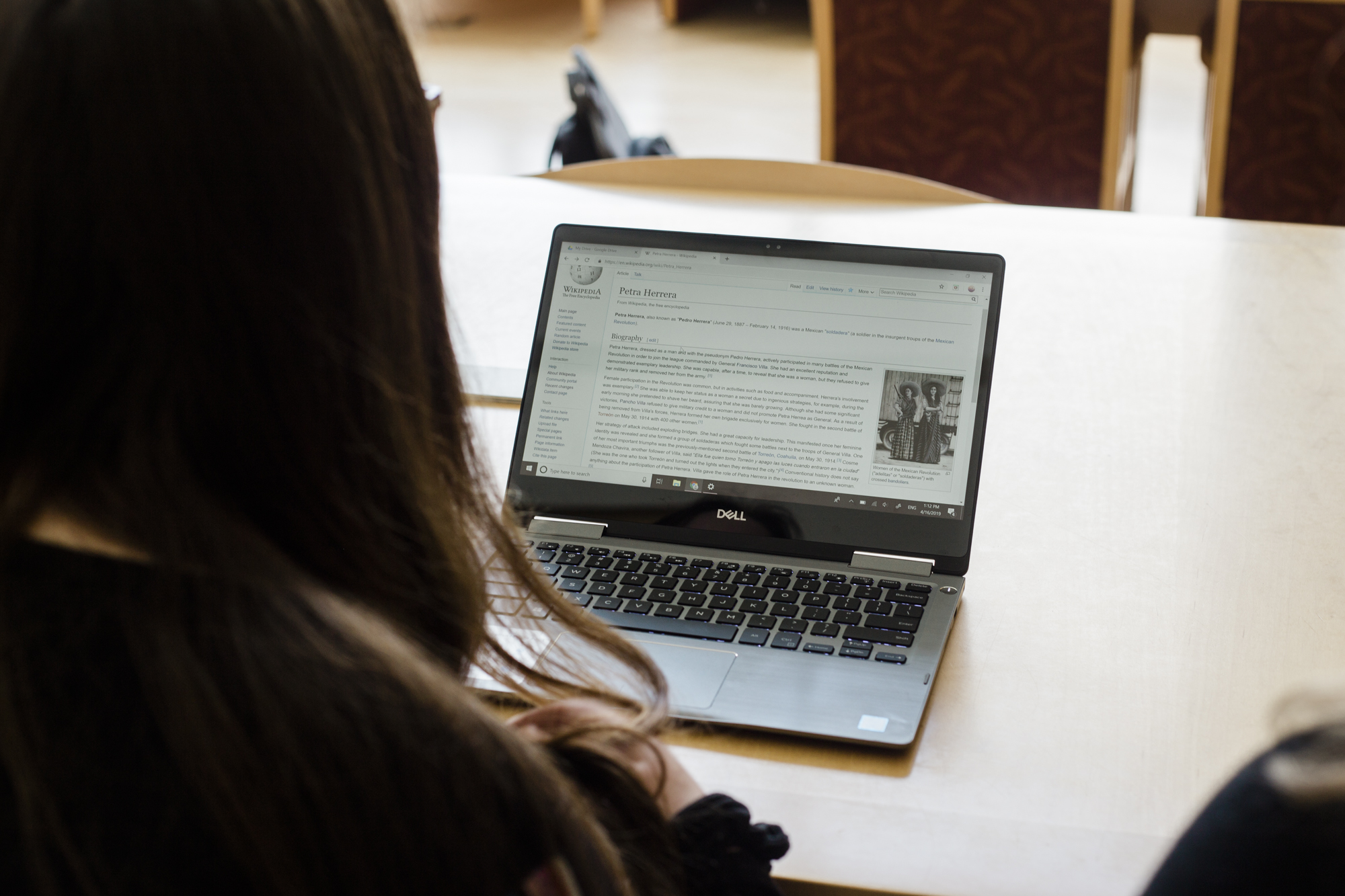
The idea of learning a language in just a few months is an appealing one.
With countless language-learning apps and intensive courses promising rapid progress, it is tempting to believe that fluency can be achieved quickly.
But how realistic is this goal?
Research suggests that while immersion, structured study, and active use can lead to noticeable improvement, true proficiency requires consistent practice over time.
Understanding how language acquisition works—from memory retention and cognitive processing to grammar and cultural context—can help learners set realistic expectations.
In this discussion, we will explore what can genuinely be achieved in a short period, which methods are most effective, and why so many learners choose to study ancient languages as part of their linguistic development.
How long does it really take to learn a language?
Language learning is often framed as either a lifelong pursuit or something that can be mastered in a matter of months.
The reality, however, is more nuanced. The time it takes to reach proficiency depends on several factors, including the complexity of the language, the learner’s native language, the intensity of study, and the methods used.
Linguists frequently reference the Foreign Service Institute (FSI) scale, which categorises languages based on their estimated learning time for English speakers.
For example, Spanish and French (Category I) are considered relatively easy, taking approximately 600–750 hours to reach professional proficiency, while Russian and Greek (Category III) require around 1,100 hours.
At the far end of the spectrum, Chinese, Arabic, and Japanese (Category IV) demand over 2,200 hours due to their complex grammar, writing systems, and tonal elements.
Despite these estimates, not all learners progress at the same pace.
Studies show that learners who engage in active use of a language—through speaking, writing, and immersion—develop proficiency significantly faster than those who focus purely on passive learning.
The key lies in understanding which aspects of language can be absorbed quickly and which require long-term reinforcement—something we will explore next.
Memory, grammar, and fluency: what’s realistic in a short time?
While learning a language in a few months is possible, full fluency takes longer.
Memory techniques, such as spaced repetition, help learners retain thousands of words quickly, but without use, they fade.
Grammar requires structured learning—basic rules can be absorbed early, but complex structures take time. Fluency, or speaking naturally without hesitation, emerges after extensive practice, often 400–600 hours.
Intensive courses accelerate comprehension, but consistent exposure and use remain essential for long-term mastery. Next, we compare intensive methods with a gradual approach to language learning.
Intensive courses vs. slow and steady learning
Intensive courses, which expose learners to several hours of daily practice, can accelerate comprehension and vocabulary acquisition, particularly for spoken languages.
However, without reinforcement, rapid learning often leads to quick forgetting.
A slower, consistent approach—studying for 30–60 minutes daily over months or years—allows for deeper grammatical understanding and long-term retention.
Research suggests that spaced learning leads to stronger neural connections and better recall over time (Cepeda et al., 2006).
While short-term immersion boosts confidence, long-term mastery requires regular exposure and practice.
Why studying ancient languages refines language-learning skills
Learning any language improves cognitive flexibility, but studying ancient languages offers unique advantages.
Unlike spoken languages, Latin and Ancient Greek require learners to focus deeply on grammar, structure, and meaning, strengthening analytical thinking.
The absence of native speakers means students must rely on textual immersion, enhancing reading comprehension and translation skills—valuable for mastering other languages.
Moreover, ancient languages refine pattern recognition and logical reasoning, as complex case systems, verb conjugations, and syntactical rules demand precision.
Many students who study ancient languages find that learning modern languages becomes easier, as they have already developed the mental discipline to process intricate linguistic structures.
What can you actually achieve in just a few months?
While fluency takes time, a few months of focused language study can produce tangible results.
Depending on your approach and the language itself, you can expect to:
● Build a solid vocabulary base – Enough to hold simple conversations and understand everyday texts.
● Develop strong reading comprehension – Recognising key words and grammatical patterns becomes second nature.
● Grasp essential grammar rules – Basic sentence structure, verb conjugations, and key linguistic patterns start to click.
● Improve listening and pronunciation – If studying a spoken language, immersion enhances comprehension and confidence.
● Lay the foundation for long-term mastery – A few months is just the beginning, but it sets you up for continued progress.
The key takeaway?
Yes, you can make significant progress in a short time—but consistency, active engagement, and structured learning are what lead to lasting fluency.


















Recent Comments